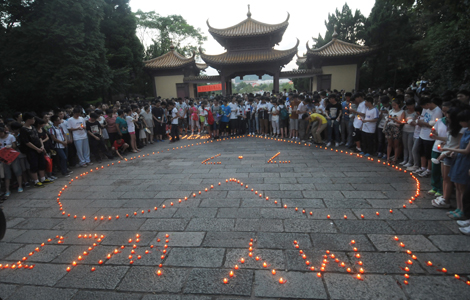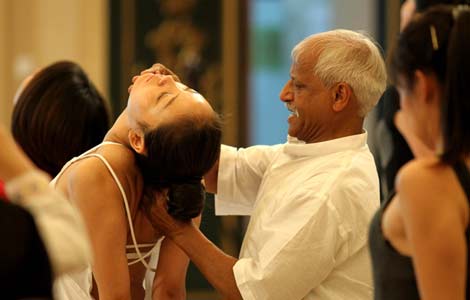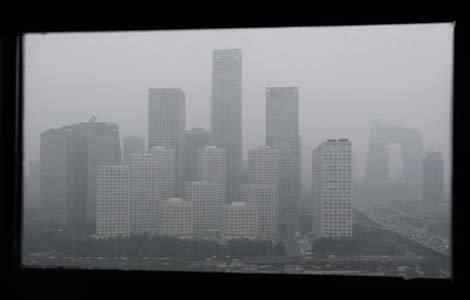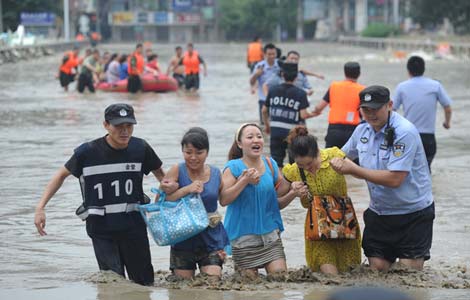
|
 |
|
The once bustling hub is now a relaxing town, attracting visitors with its long history. Kuang Linhua / China Daily |
The most popular tourist accommodation is Qikou Lodge, a two-story compound with 66 caves converted into guest rooms.
Before 1940, the venue was used as a granary. It was bought in 2003 by Zhang Qingde, a resident from a nearby county, who turned it into a lodge.
Zhang spent 280,000 yuan ($45,600) buying the whole building. Now it is worth at least 10 million yuan.
"A dwelling cave now is worth at least 10,000. Ten years ago, you could buy one for 500 yuan," Li says.
It also serves one of the most popular local snacks, wantu, a bowl of buckwheat jelly, for 3 yuan.
It was only 8 pm when we finished dinner at the lodge. A terrace is built on the southern side of the villa, overlooking the Yellow River.
We chose our spot and ordered beer, planning to have a relaxing evening. But our plan was cut short because we were attacked by mosquitoes.
We spent our last day in Qikou boating on the Yellow River. Li and his peers used to swim across the river to Shaanxi province on the other side. A 30-minute boat ride on the river costs 100 yuan per person.
What's interesting is the "Yellow River Fresco", which are trails left by the river current on the river bank. These dimensional trails were formed naturally, but some resemble images, such as Buddha and the ancient Chinese scripts.
Li guided us along the river that day and told us that in 2008, a visitor noticed one of the dimensional trails looking like the ship Titanic.
Before we disembarked, we stopped at a towhead and stepped onto it.
It was noon and the sand under our feet was scorching hot. With pride, Li entertained us with a local folk song. He has a good voice. It was one of the best moments of our trip.








